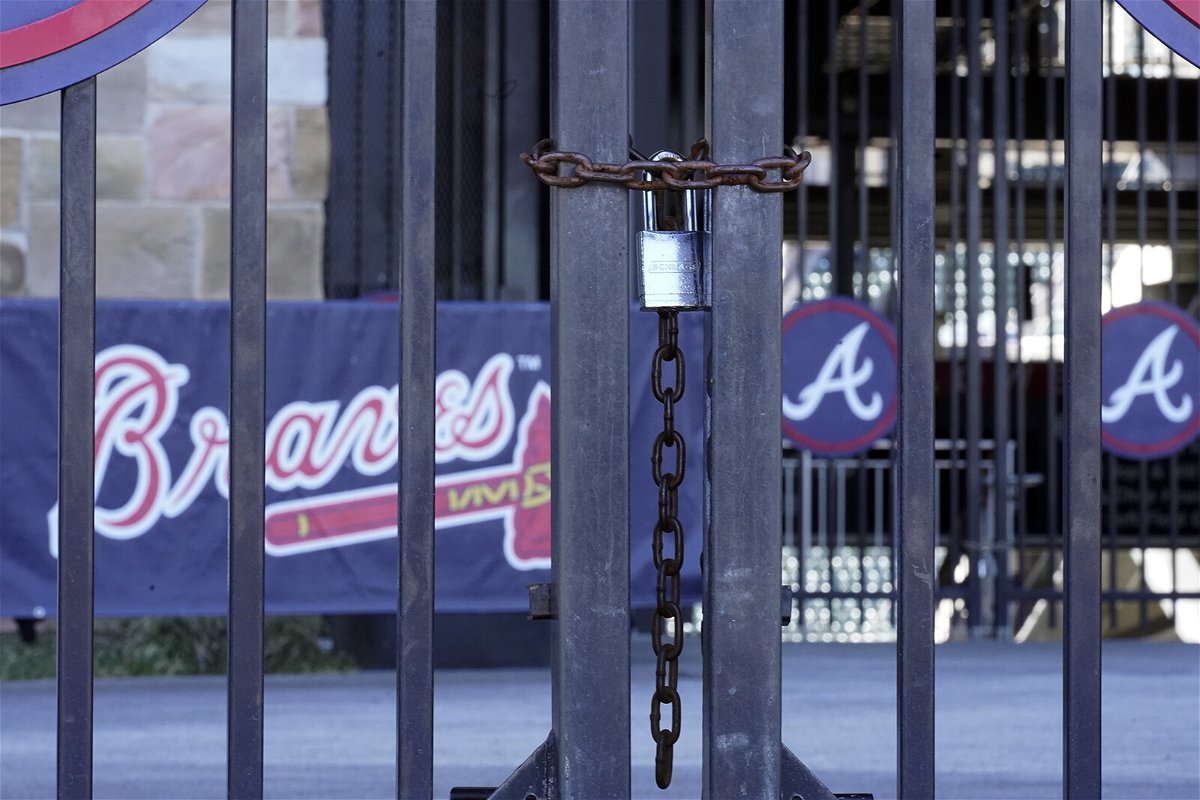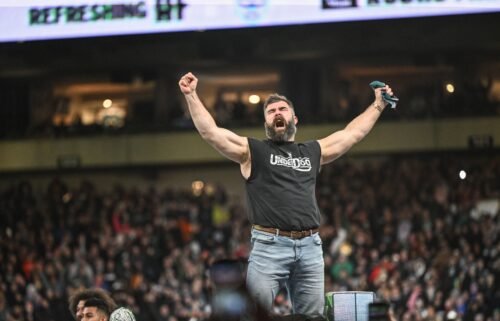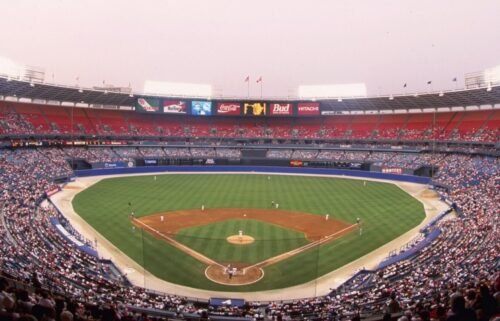MLB lockout: What is it? Why is it happening? When is it over?

An MLB lockout was announced earlier this week.
By Kerry Flynn, CNN
Major League Baseball’s biggest stars and newest faces should be at their respective spring training camps in Florida and Arizona preparing for Opening Day on March 31. Instead, MLB ownership announced on Tuesday that it will begin canceling regular season games due to a self-inflicted lockout for the first time in 27 years.
“We worked hard to avoid an outcome that’s bad for our fans, bad for our players and bad for our clubs. Our failure to reach an agreement was not due to a lack of effort by either party,” MLB commissioner Rob Manfred said Tuesday following the announcement.
But what is a lockout? Why is it happening? And how long could this go on?
What is a lockout?
It is important to note that a lockout is not the same as a strike. To be considered a strike, the players would have to impose the work stoppage; but in this case, the ownership group is the party responsible for refusing to permit the league from operating without reaching a new collective bargaining agreement (CBA) — the governing document between the owners and the players.
As it’s likely that players would choose to strike without a CBA regardless of ownership’s decision, ownership can utilize a lockout as a way of gaining leverage by controlling the timing of negotiations.
As MLB Players Association (MLBPA) executive Tony Clark said: “A lockout is the ultimate economic weapon. In a $10 billion dollar industry, the owners have decided to use this weapon against the greatest asset they have: the players.”
Without a new CBA, not only will games continue to be canceled, but MLB players will also continue to be barred from their team facilities altogether.
Additionally, no free agent signings or trades are permitted, leaving many with an uncertain future or no team at all. Until a new CBA is reached, MLB players will not receive regular payment, unless they have a previously scheduled signing bonus or deferred salary due.
The players are not the only party to suffer the consequences of an ongoing lockout. With no broadcast revenue or fans packing stadiums, owners risk missing out on hundreds of millions of dollars if the season does not get underway in a timely manner.
While most team revenue numbers are not available to the public, the Atlanta Braves are owned by a public corporation, Liberty Media, and their 2021 earnings report shows earnings of approximately $568 million. And this doesn’t account for begrudging fan engagement and even outright protests once the league has resumed, which even Manfred admits would be a “disastrous outcome.”
Why has the lockout happened?
So what issues could cause something as unfavorable for both parties as a lockout? The largest issue comes down to money.
A report by the Associated Press shows that average player salaries have declined for four consecutive years, dropping by 6.4% from $4.45 million in 2017 to $4.17M on Opening Day 2021. This is largely due to the enforcement of the competitive balance tax — more commonly known as the luxury tax.
Despite not having a hard salary cap, MLB taxes any team that surpasses a certain amount in player salaries, thus imposing a de facto salary cap. In 2021, that amount was $210 million.
According to a union official, MLB owners proposed increasing the luxury tax limit to $220 million in 2022 and maintaining that same limit for the 2023 and 2024 seasons, while the MLB Players’ Association (MLBPA) proposed a jump to a $238 million limit in 2022, increasing up to $250 million in 2024.
With teams continuing to rake in profit year after year, a stagnant luxury tax would keep player salaries at a standstill. Additionally, the MLBPA argues that the luxury tax actually discourages competition and incentivizes a reliance on younger, lower-paid players.
According to a union official, MLB and the MLBPA also remain $55 million apart in their demands for a newly established pre-arbitration bonus pool, and $25,000 apart in minimum salary expectations. With MLB taking in an estimated $11 billion in annual revenue, negotiations over who deserves what cut remain alarmingly far apart.
Are there other issues than money at play?
While the most substantial issues come down to revenue allocation, the MLBPA has also affirmed its commitment “to promote competition.”
Both MLB and the MLBPA have agreed to changing the format of the annual amateur draft, with MLB proposing a replica of the NBA and NHL’s weighted draft lottery for the top four selections. The MLBPA wants to go a step further and expand the number of teams included in the lottery to seven to further discourage the practice of “tanking” — where a team loses games on purpose to set itself up for a better draft pick.
Both parties also agreed to an expanded postseason, but MLB is fighting for a 14-team playoff while the MLBPA prefers 12 teams.
MLB and the MLBPA also expressed mutual concern over reported service time manipulation — the practice of keeping major league ready players in the minors to lengthen the amount of time a club owns their rights — but remain at a distance on how to handle it, with MLB using the introduction of a largely opposed international draft as a bargaining chip in exchange for accepting some of the MLBPA’s proposals regarding this issue.
So what’s next? When will there be baseball?
With both parties still miles apart on many points of negotiation, the future of the lockout — and of MLB — remains unclear. While the league described Tuesday’s offer as their “best and final offer,” it is not their “last, best offer,” which would declare a legal impasse and allow the owners to impose said offer without an agreement from the MLBPA.
“Our negotiations are deadlocked right now, but that’s different than using the legal term ‘impasse,’ and I’m not going to do that right now,” Manfred said of the situation.
This could signify that MLB owners would likely return to the negotiation table with the MLBPA, but it doesn’t guarantee anything.
After the most recent negotiations in Florida, both organizations returned to their headquarters in New York, despite Clark’s claim that the union would have stayed if MLB had.
Manfred responded: “We have made the last proposal, so you draw your own conclusion as to who ought to go next.”
If negotiations do not move forward “in good faith” and MLB declares an impasse, the situation will likely end up in court, with the MLBPA likely suing MLB for unfair labor practices. For now, the road back to an MLB season remains murky and doubtful.
The-CNN-Wire
™ & © 2022 Cable News Network, Inc., a WarnerMedia Company. All rights reserved.


